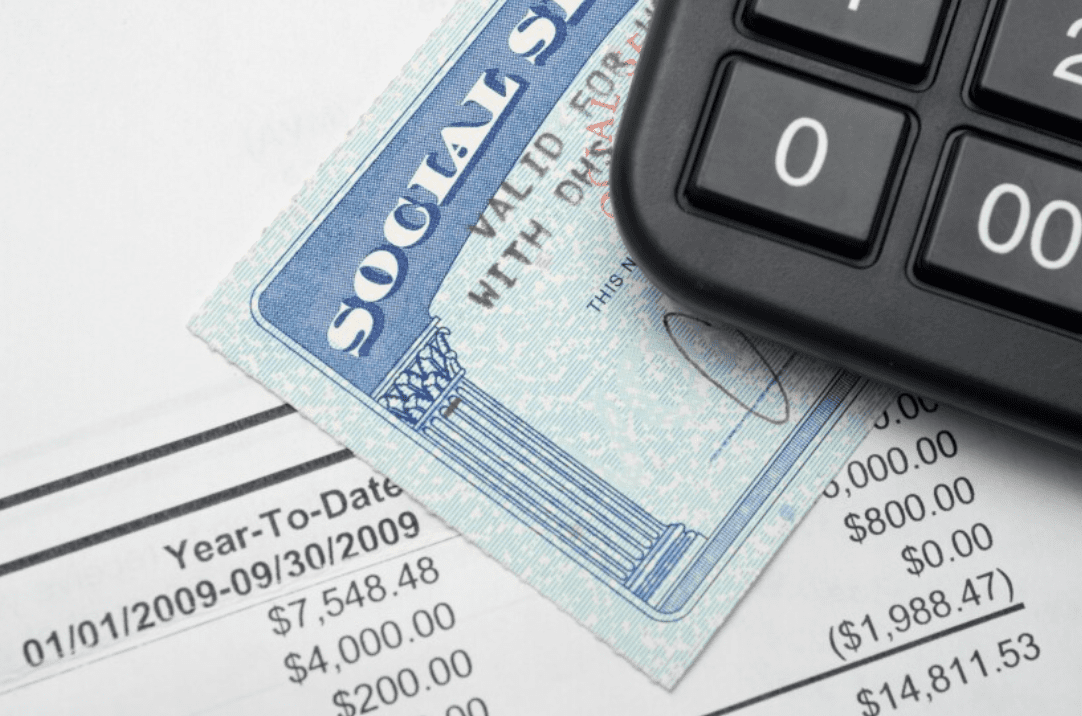The nation’s retirement crisis has been a longstanding item on Washington’s agenda. When President Biden took office in January 2021, he had a clear intention to help lower- and middle-class Americans save for retirement. While his campaign overflowed with grand gestures of reform, the actual path for many of these initiatives has included various twists and turns.
The looming retirement crisis is multifaceted, as personal savings are historically low, Social Security is headed towards depletion of its surplus and pensions are going extinct. These factors create a three-legged stool where if one leg breaks, the stool becomes unstable — which is representative of many Americans’ retirement savings.
Below is an overview of what has been accomplished and what remains a work in progress following the first year of the Biden administration.
- Progress with individual savings. The Build Back Better Act originally included a federal retirement mandate provision to support widespread savings options for individuals across the country. While the idea of a federally mandated program has been brewing for a while, it was finally deemed important enough to put to a vote. Although the provision was negotiated away, it represented progress in the sense that our nation’s capital is weighing all options.
The Securing a Strong Retirement Act (SECURE Act 2.0) stalled as attention shifted to the Build Back Better Act, but it is still up for a vote by the House of Representatives. This bill would enhance provisions in the all-encompassing, bipartisan SECURE Act 1.0 to achieve the policy goal of integrating more individuals into the retirement savings system. For example, eligible employers can currently receive a credit for 50% of eligible costs, up to $5,500, for enacting a retirement savings plan. SECURE Act 2.0 proposes taking it a step further by covering 100% of plan administration costs for eligible employers. This, along with many other provisions in the bill, would be a major win for Americans’ saving power.
- Noble efforts for Social Security. Proposals to support Social Security for those most in need have been noble, and proposals to raise revenue to pay for that are generally designed to protect the upper-middle class from a tax increase. Social Security 2100: A Sacred Trust proposes taxing up to $142,800 of an individual’s income (more or less where the limit is today), but adds the tax to any income over $400,000 to achieve these goals. This solution directly addresses the desired increase in spending but does not address the pending shortfall of Social Security expected in 2034.
Mending Social Security will require hard work and perseverance, and may warrant adjusting the qualifying retirement age, increasing the Social Security tax rate and modifying employee wages to uncover consistent funds for the program.
- Pensions need a boost. Enacted March 11, 2021, the American Rescue Plan Act supports pension relief for severely underfunded, eligible multiemployer plans, providing retirement security for an estimated 3 million workers and retirees. While this is a step in the right direction, there’s been little conversation surrounding further plans to support our nation’s crumbling pension system, which could alter the way that workers need to save for their future, as well as put increased pressure on individual savings and the Social Security system. In order to resolve the looming crisis in America, greater efforts are needed to resuscitate the pension system.
Over the last year, we’ve seen honorable attempts and a taste of progress, but a holistic solution to the looming retirement crisis will require far more than any one bill can muster. With midterm elections pending, we will hopefully see ambitious campaign promises and significant plans take shape to increase retirement security.

